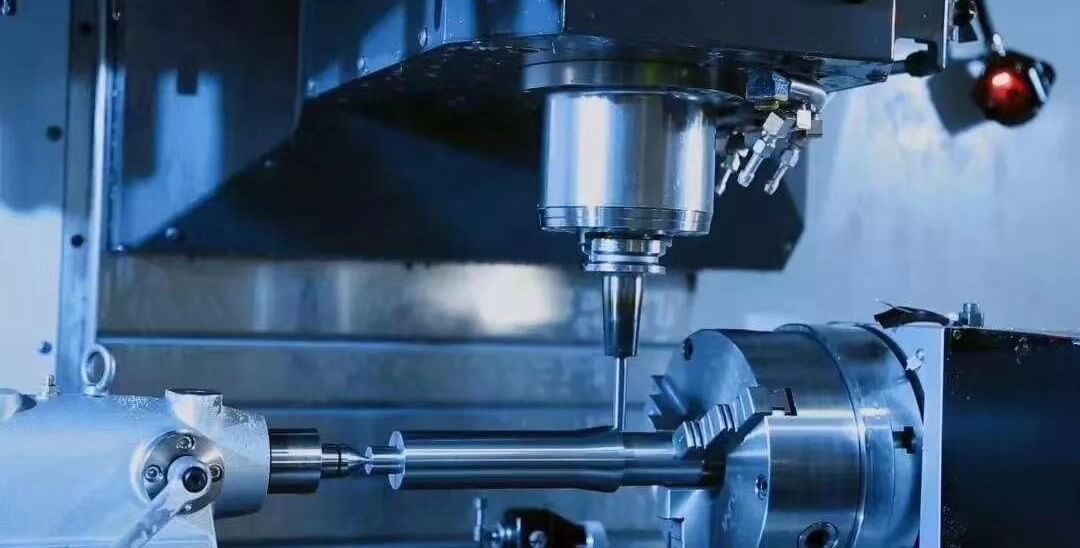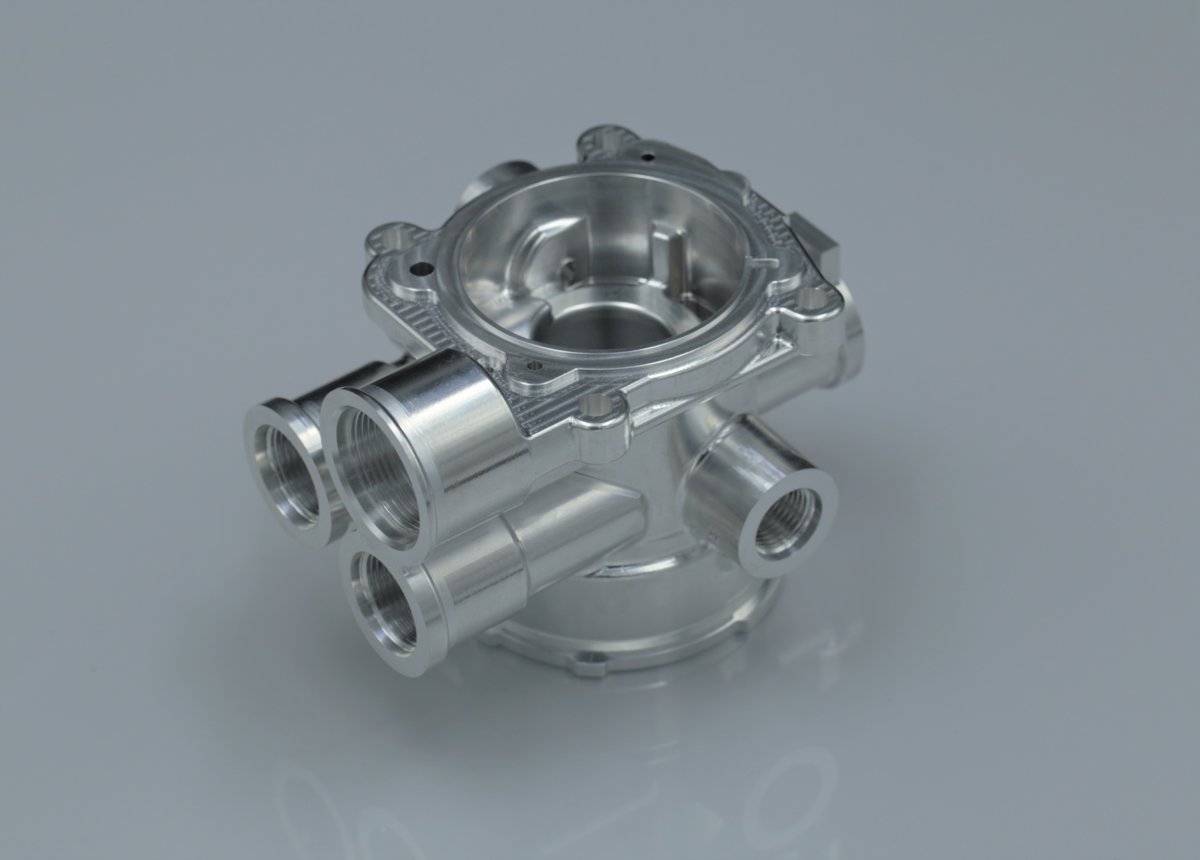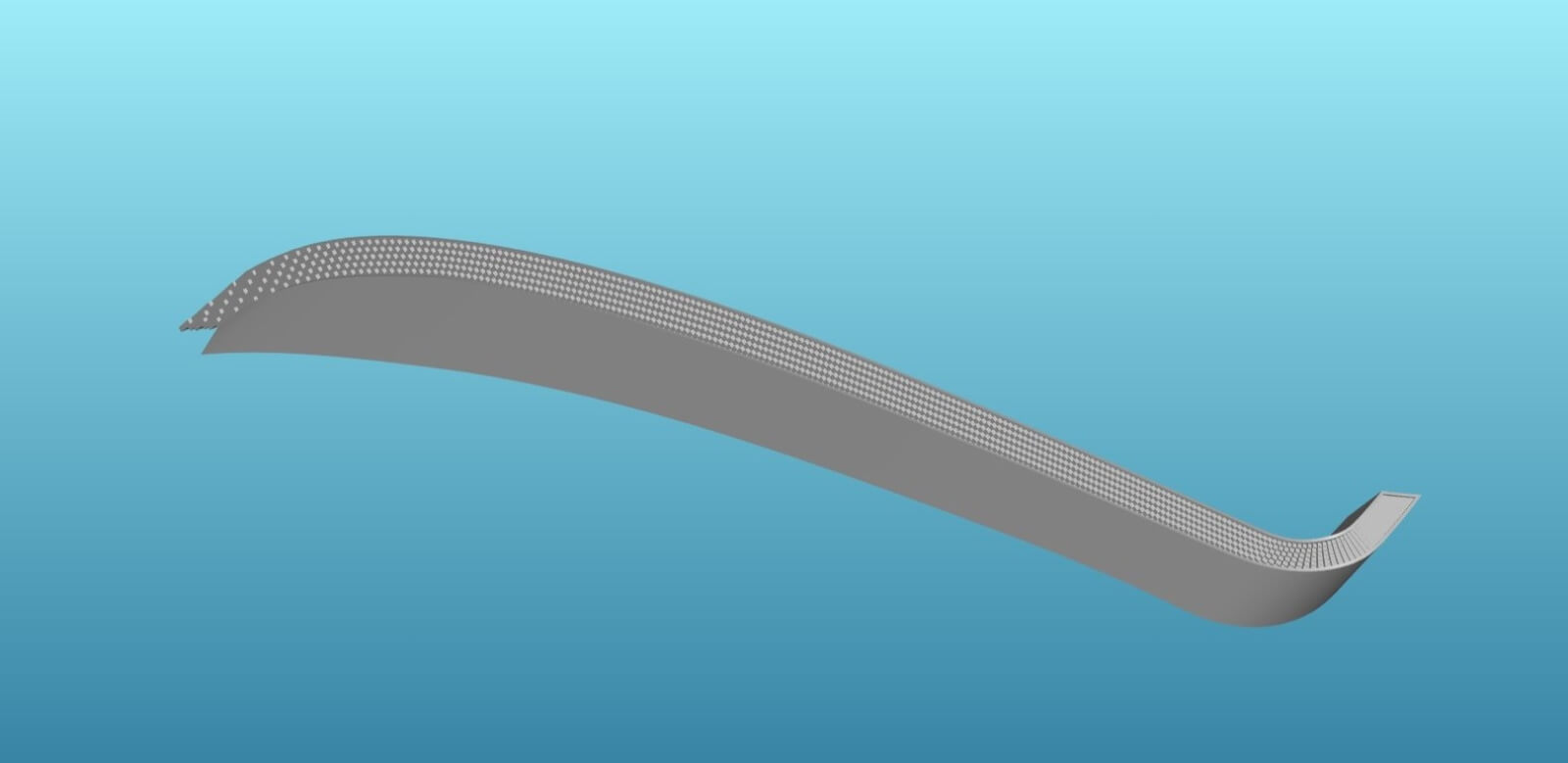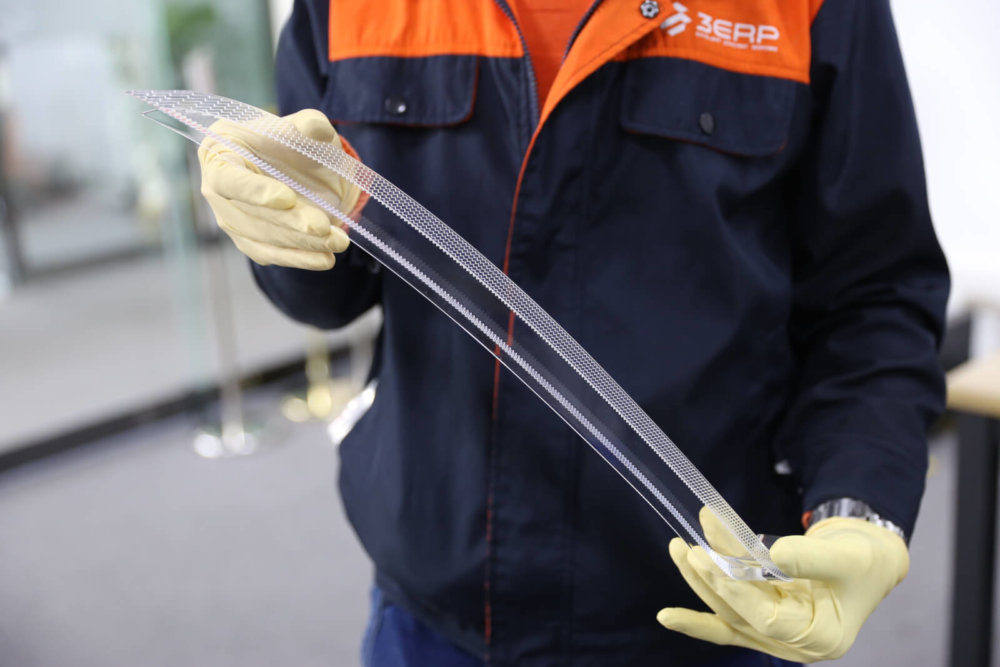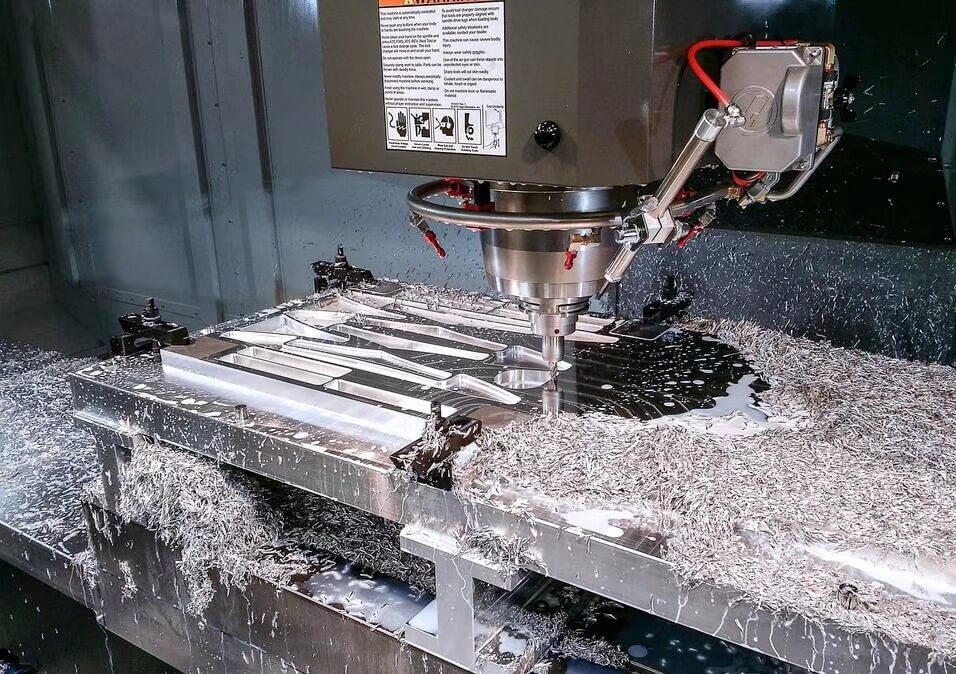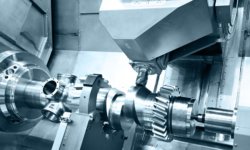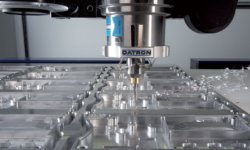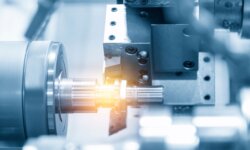Computer Numerical Control, or CNC in brief, has revolutionized manufacturing. The technology has been developing for over 70 years, becoming the pillar for modern-day production and finding applications in producing end-use parts in every manufacturing sector.
CNC prototype machining is one area in which this technology has proven to be a boon. CNC machining prototype solutions are indispensable in every industry. Therefore, manufacturers often wonder about the best method to create prototypes of machined parts.
This article will explore what CNC prototype machining is and how it has impacted the business of manufacturing. It will also cover the pros and cons of CNC prototype machining and mention several tips to optimize the processes to create prototypes.
What is Prototype Machining?
Prototype machining or a prototyping process is where a manufacturer creates a small batch of the final part, with the intention of a production run later.
The purpose of the prototyping stage is to convey visual information about the final parts, find out how a digital design turns out physically, and determine the properties of the end product created.
Functional prototypes of new parts also enable the manufacturer to identify defects in the design and eliminate them before manufacturing large quantities of the final product. Eliminating any defects in the prototyping stage makes the production run more cost-effective.
Why Is CNC Machining Good For Prototyping Processes?
To say that CNC machining is good for the prototyping stage would be an understatement. It is the go-to technology whenever prototype machining processes are needed.
CNC technology uses computerized controls to monitor the movement of the cutting head and workpiece. This movement can be controlled in the slightest intervals, something impossible if you choose alternative prototyping processes.
CNC prototype machining starts by creating a 3D CAM model of the final product. Once the model is completed, it is converted into a CAD file. Unlike a Computer-Aided Manufacturing (CAM) file, a CAD file is understood directly by the CNC machines since it contains instructions for the machine on how to operate.
CAD files are converted to CAM files which contain the G Code and M code. The G code controls movement, and the M code relates to the general operation of the CNC machine, like coolant control.
What are the Advantages of CNC Prototype Machining?
When wondering whether to choose alternative prototyping processes or CNC machining centers for prototypes, consider these advantages of CNC machining:
Repeatability and Consistency
Unlike alternative prototype processes, a CNC prototype has a high degree of repeatability. This means that any finished product manufactured by CNC machining will be the exact replica of any other finished product that uses the same process.
Consistently producing identical products makes CNC suitable for prototype machining centers. Prototypes are supposed to be identical copies of the original design. This precise imitation is only possible with the low tolerances that CNC machining offers.
High Precision
Due to the high control over the movement of the cutting tools, CNC machining offers tight tolerances and high accuracy. These are essential in prototypes to make them fit for the original purpose. Additionally, since the machining process is accurate, manufacturers know that any flaws in the manufactured prototype result from the design, not the actual CNC prototyping stage.
Time-Saving Process
CNC prototype machining does not need any mold or time-consuming prerequisites. Therefore, it is a high-speed process. The ability to modify CAM/CAD files allows machining centers to make changes to the prototype, take it through CNC machining again, and have it back in no time.
Cost Effective
CNC prototype machining saves the manufacturer money in the long run. This is because any defects and errors can be rectified in a small prototype batch instead of troubleshooting defects in the large quantities of final parts produced in the production stage.
Additionally, future changes only need minor modifications to the CAD files instead of creating a new design from scratch.
Material Versatility
Unlike other manufacturing processes like 3D printing, CNC prototype machining can work with various highly machinable material options. These material options range from the strongest metals and alloys to materials like wood and plastics. Therefore, the prototyping process can be done using the same material as the final part, which is a great advantage.
For example, there are not many methods capable of sheet-metal forming. This makes CNC machining an excellent choice for metal prototypes that need greater mechanical stability and don’t exhibit weakness.
Some of the material options that work well with CNC prototype machining services are:
- Aluminum
- Steel
- Stainless Steel
- ABS
- Magnesium
- Titanium
- Zinc
- Brass
- Bronze
- Copper
- Teflon
- Polycarbonates (PC)
- Polypropylene (PP)
- Polymethyl Methacrylate (PMMA)
- Polystyrene (PS)
- Polyoxymethylene (POM)
- PAGF
- PCGF
- Low-Density Polyethylene (LDPE)
- High-Density Polyethylene (HDPE)
Limitations of Prototyping Processes With CNC Machined Parts
When it comes to prototyping, using the CNC method is the best way in most cases. However, despite its many advantages, other CNC characteristics might be considered cons. These cons include:
Subtractive Process
Prototype CNC machining is a subtractive process, so it creates the final part by removing material from the initial workpiece. This can lead to increased material usage compared to additive processes that work by adding material to a workpiece to create the final part. The machining centers incur higher material costs due to increased material usage.
Some Geometrical Restrictions
Since CNC prototype machining works from the outside in, some geometries cannot be manufactured using this process. This is especially true for the internal components of a prototype. Other manufacturing processes, like additive production, work from the inside out, so they are preferable for manufacturing internal geometries.
Technical Expertise
CNC prototype machining requires specific technical knowledge. The essential skill set includes making CAD files and operating the CNC machine.
More Expensive Than 3D Printing
Since manufacturers incur higher material costs, CNC prototype machining is more expensive than 3D printing. However, it is important to note that the added expense of CNC prototyping comes with greater accuracy and the ability to work on a wider range of materials.
In the case of other processes like 3D production, prototyping is limited to plastics like PLA. While PLA is considerably cheaper than metal blocks, its other characteristics don’t always fit the prototyping requirements.
Applications of CNC Machined Prototypes in the Industrial Manufacturing Process
CNC prototype machining is used in Research and Development in every sector. Some of the industries that rely on it heavily are:
Automotive Industry
CNC prototype machining is the go-to process for designing parts and models in the automotive industry. The automotive industry requires gears and parts with ultra-tight tolerances. CNC machining prototypes can fulfill this requirement, unlike many other methods.
Aerospace Industry
The aerospace industry constantly goes through CNC machining prototypes to test the performance of new innovations in parts and materials. These parts go in aircraft and monitoring equipment, so extreme care is needed to ensure they function optimally.
Architecture and Construction Industry
CNC machining is extensively used in architecture and construction for making interior and exterior elements. In the early days, the process was accomplished using injection molds which led to increased time and costs. However, CNC machining prototypes have made it faster and cheaper.
Medical Industry
The medical industry is evolving rapidly, with new medical equipment and prosthetics providing new possibilities for treatments. Medical equipment applications require microscopic precision and hard materials. The CNC machining process provides the highest quality for manufacturing functional prototypes for such equipment since other methods don’t have the required accuracy.
Military Industry
The military industry consumes a significant portion of the budget of any economy, and a big part goes toward Research & Development. Military R&D involves making new weapons, warfare vehicles, aircraft, and their constituent parts. Since most of these use metals or even harder materials, rapid prototyping is essential. CNC machining prototypes are used in every step of military R&D.
Oil & Energy Industry
The oil industry requires parts with high physical strength that can mine exceptional depths in the earth’s surface and extract the resources. These parts are crafted using CNC milling prototyping or other custom CNC machining methods. In energy industries, CNC prototypes are used to explore green energy resources that reduce environmental impact.
CNC Prototype Machining vs 3D Printing
Professionals often debate about the best prototyping method between two technologies – CNC machining and 3D printing. Here is an overview of the differences between the two technologies compared based on the factors that matter:
Working Principle
CNC machining is a subtractive manufacturing method. It takes a workpiece, removes unwanted material with a cutting tool, and shapes it into the final part. On the other hand, 3D printing is one of the additive processes. It works by starting from nothing and adding material a little at a time by melting and forming it into the final part.
Supported Materials
CNC machining supports various materials, from metals to wood and plastics. However, 3D printing is severely limited when it comes to materials supported. Its functionality is limited to making thermoplastic prototypes because this method works by reheating and shaping the material.
Possible Geometry
3D-printed parts can have complex internal geometries because these parts are made from the inside out. However, since CNC parts are produced by using a cutting tool on the outside. It cannot make functional prototypes with complex internal geometry.
Wastage
As a subtractive manufacturing method, CNC machining leads to much material wastage. However, the waste material costs can be recovered by selling recyclable waste material. In contrast, 3D prototyping has good material utilization because it’s an additive manufacturing technology.
Manufacturing Time
While 3D printing is called rapid prototyping, CNC machining is significantly faster. 3D-printed parts take many hours to manufacture a single piece. However, CNC machining can create a part in minutes or tens of parts in the same time frame as 3D.
Rapid Tooling: Injection Molded Prototypes via CNC Machining
Rapid tooling is a manufacturing technique that allows the quick production of machined tooling, such as dies and molds. This machined tooling is manufactured using CNC machining technology. The tooling is then used to form a prototype through an injection mold.
Rapid tooling differs from rapid prototyping, so the two should not be confused. Rapid tooling uses the advantages of CNC machining and injection molding while eliminating the disadvantages of each process. By creating machined tooling with CNC and the final part with an additive method like injection molding, manufacturers can save costs while retaining excellent precision.
Using a CNC machining service for prototyping leads to greater material costs. But using injection molding for prototypes takes longer, and it is challenging to replicate the exact part from the original design. Therefore rapid tools provide a midway between CNC prototyping and rapid manufacturing.
Tips For Preparing Quality CAD Models For Prototype CNC Machining Process
The final part quality of CNC machined prototyping can vary depending on the CAD file used. These designs convey visual information and provide critical dimensions for the components. Therefore, prototypes that require excellent part quality depend on a high-quality model. Here are some tips to prepare CAD models and drawings:
Optimizing Design Elements
Optimizing design elements such as cavities and holes is important when using CNC machines. For instance, in the case of end milling, the maximum depth obtained is three times the diameter of the tool. Therefore, specify and limit the dimensions of such cavities.
Ideal Wall Thickness
When creating drawings, be careful of the minimum wall thickness. Walls that are too thin can lead to the reduced mechanical stability of CNC custom parts and exhibit weakness. As a rule of thumb, the thickness of metal walls should always be greater than 0.8 mm. For plastic walls, the thickness should be greater than 1.5 mm.
Choosing the Right CAD Software
It’s understandable that the vast application of CAD in manufacturing has led to the emergence of many different CAD software for custom prototypes in various industries. While some are good, others can be unnecessarily complicated or too limited for some applications.
Therefore, choose the correct CAD applications for your particular sector. CAD software which is suitable for mechanical engineers and sheet metal forming might not be as good for architecture, and vice versa. Find the CAD software that fits your particular prototype needs.
Creating a Checklist
An initial checklist of the designs and features you want in prototypes is critical. Adding features while designing the CAD file is easier than trying to modify the file later.
Simplify Drawings
There are multiple ways to create a CAD design for the same prototype. Keep drawings simple to reduce unnecessary machining steps. For complicated parts, it is a good idea to split the drawing into two different parts that can be joined later.
Final Thoughts
Prototypes are an integral part of the manufacturing process because they save costs and avoid long-term issues. CNC machined prototypes are a great way to go ahead with the prototypes stage, providing fast and precise models.
Following the information provided in this article, it is possible to create high-quality prototypes. An important step is to use the tips provided for making perfect CAD design for rapid manufacturing, simple CNC machines, advanced CNC technology, or any other computer-aided manufacturing process.
Do you require perfect prototypes without investing in costly equipment and skilled labor? 3ERP provides CNC-machined prototypes and ships them to your doorstep.
Frequently Asked Questions
Here are the answers to some common questions that people have regarding CNC prototyping:
1. Is CNC prototyping machining the best option for prototyping?
CNC prototyping is the best option for prototypes when fast production, low tolerances, or material versatility are priorities. For low-budget and cost-effective prototyping using thermoplastic materials, 3D printing can be a viable option.
2. Which is cheaper: CNC machined prototypes or injection molded prototypes?
The molds used in injection molding make it more expensive than CNC machining. In large-scale production, the mold cost is divided over a large volume. But prototypes are small-volume production runs, making injection molding the costlier option. In contrast, the cost of CNC prototypes can be lowered by selling recyclable waste material. Doing so also reduces its environmental impact.
3. How much does CNC prototyping cost?
The cost of a CNC prototype can vary widely based on the particular requirements of the prototype. Generally, the cost starts at about $35 per hour for 3-axis CNC machines and can go up to $120 per hour for a prototype that requires a CNC machine with more cutting axes. The axes required will depend on the complexity of the prototype.
